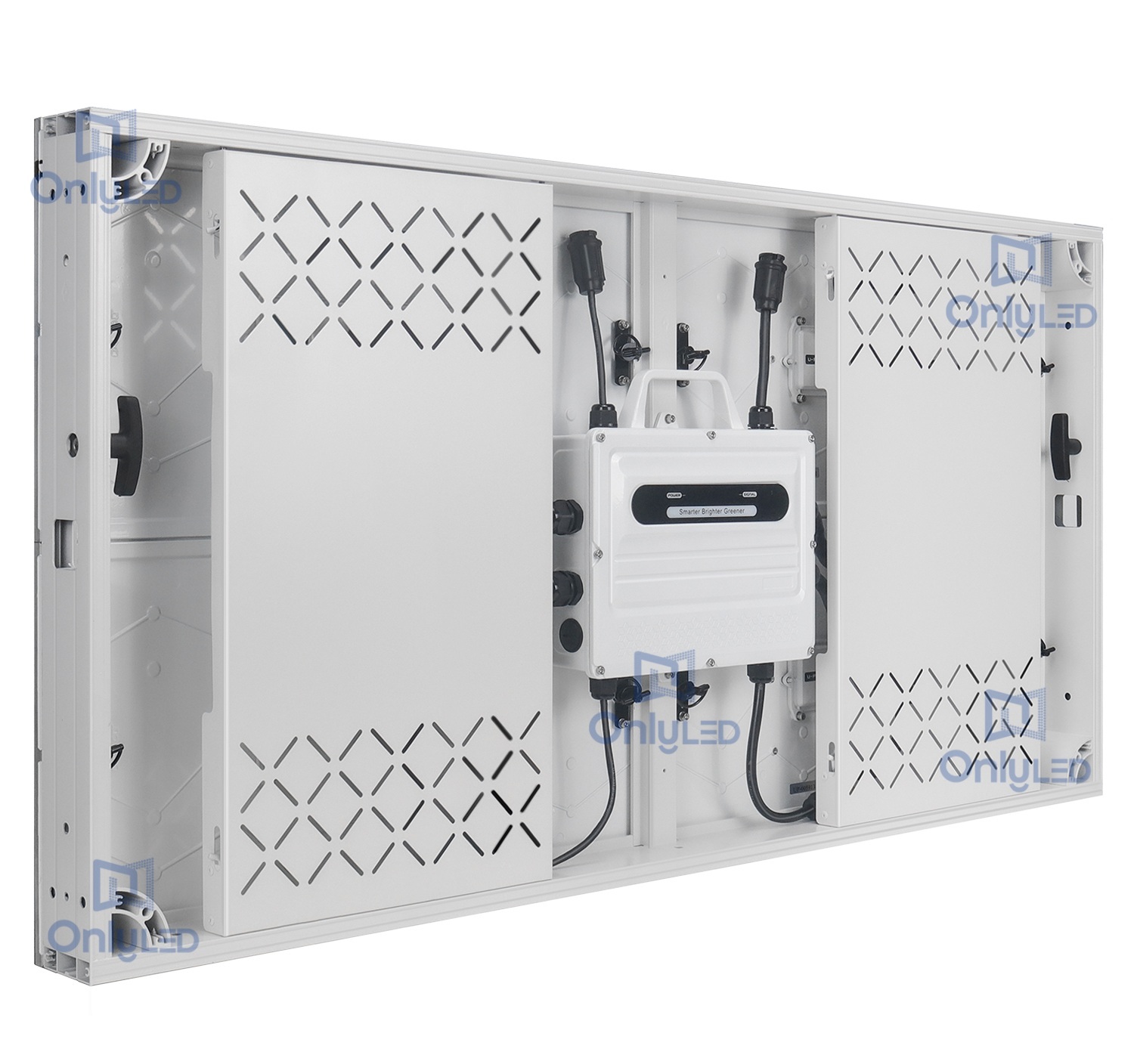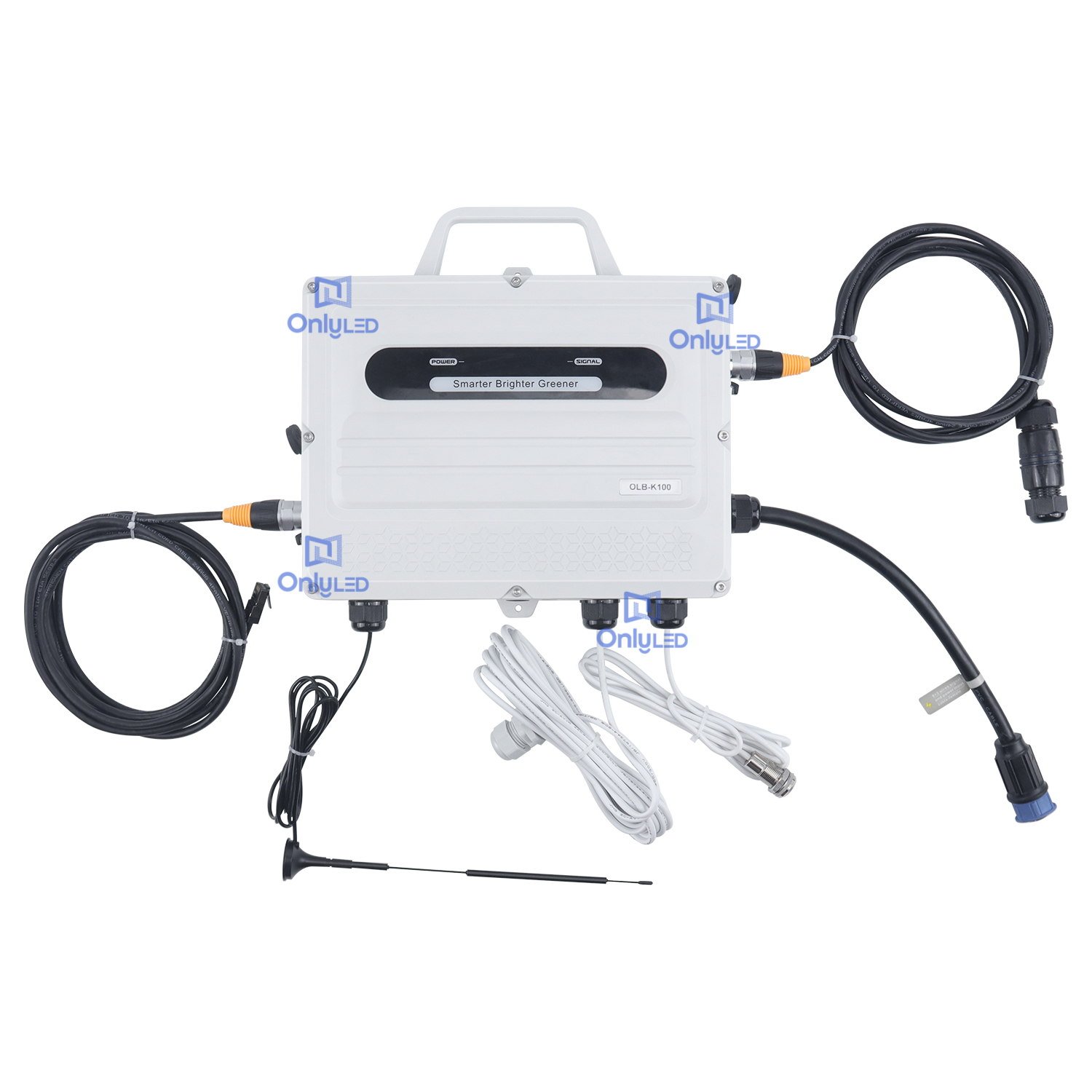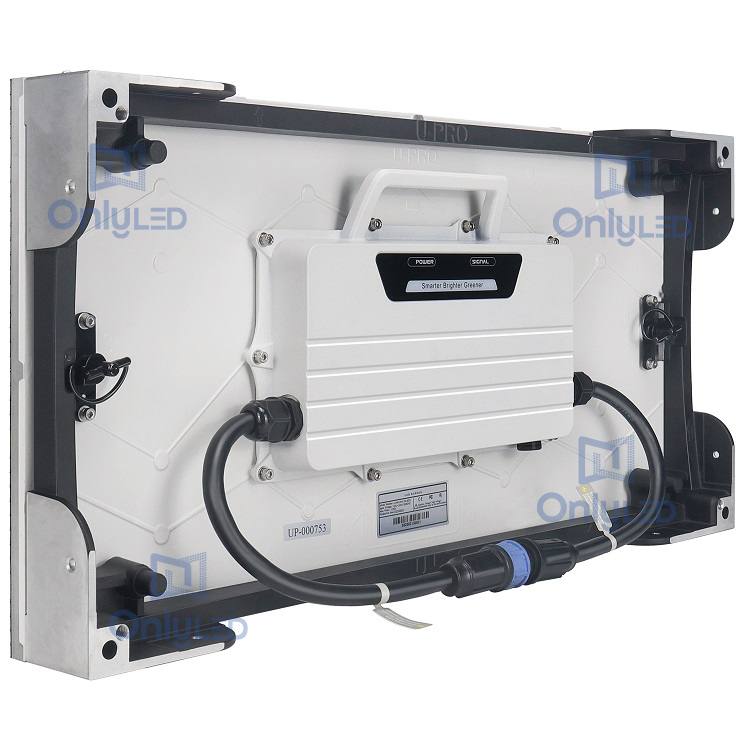Industry News
Expanding Accessibility and Interaction with Tilt and Touch

The world of technology is constantly evolving, striving to bridge gaps and make interactions more inclusive for individuals of all abilities. One breakthrough innovation that stands out is the development of the inclusive tilt and touch interactive screen. This cutting-edge technology brings a new dimension of accessibility and interaction to a wide range of devices, revolutionizing the way we engage with them.
Enhancing Accessibility for All
The inclusive tilt and touch interactive screen technology offers a groundbreaking solution for individuals with physical, sensory, and cognitive disabilities. Through a combination of hardware and software advancements, this technology allows users to navigate and control devices using intuitive movements and touch gestures.
For individuals with limited mobility, the tilt feature provides an alternative means of interaction. By simply tilting the device in different directions, users can access various functions and manipulate objects on the screen. This tilt function eliminates the need for complex physical movements, making it easier for individuals with disabilities to navigate through applications and perform tasks.
The touch aspect of the interactive screen further enhances accessibility. By incorporating multi-touch capabilities, the technology enables users to perform actions such as zooming, scrolling, and selecting items with ease. This functionality caters to individuals with a wide range of abilities, allowing them to interact with devices in a manner that suits their specific needs.
Revolutionizing Interaction and User Experience
The inclusive tilt and touch interactive screen technology not only expands accessibility but also revolutionizes the way we interact with devices. With its natural and intuitive interface, this technology creates a seamless user experience, making devices more user-friendly for individuals of all ages and abilities.
Gone are the days of traditional physical buttons and complex menu structures. The tilt and touch interactive screen replaces these conventional navigation methods with a more interactive and personalized approach. Users can interact directly with on-screen elements, simplifying the overall interaction process and reducing cognitive load.
Furthermore, the tilt and touch interactive screen technology opens up new possibilities for gaming, education, and creative applications. Game developers can create immersive gaming experiences where tilting and touching the screen becomes an integral part of gameplay. Educators can design interactive lessons that cater to different learning styles and engage students on a deeper level. Artists and designers can explore new avenues for creativity, leveraging the tilt and touch capabilities to bring their ideas to life.
Conclusion
The inclusive tilt and touch interactive screen technology brings accessibility and interaction to a whole new level. By offering intuitive and personalized ways to navigate and interact with devices, this revolutionary technology empowers individuals of all abilities to fully participate in the digital world. With ongoing advancements, we can expect even more inclusive features and applications to emerge, creating a more accessible and inclusive technological landscape for all.




